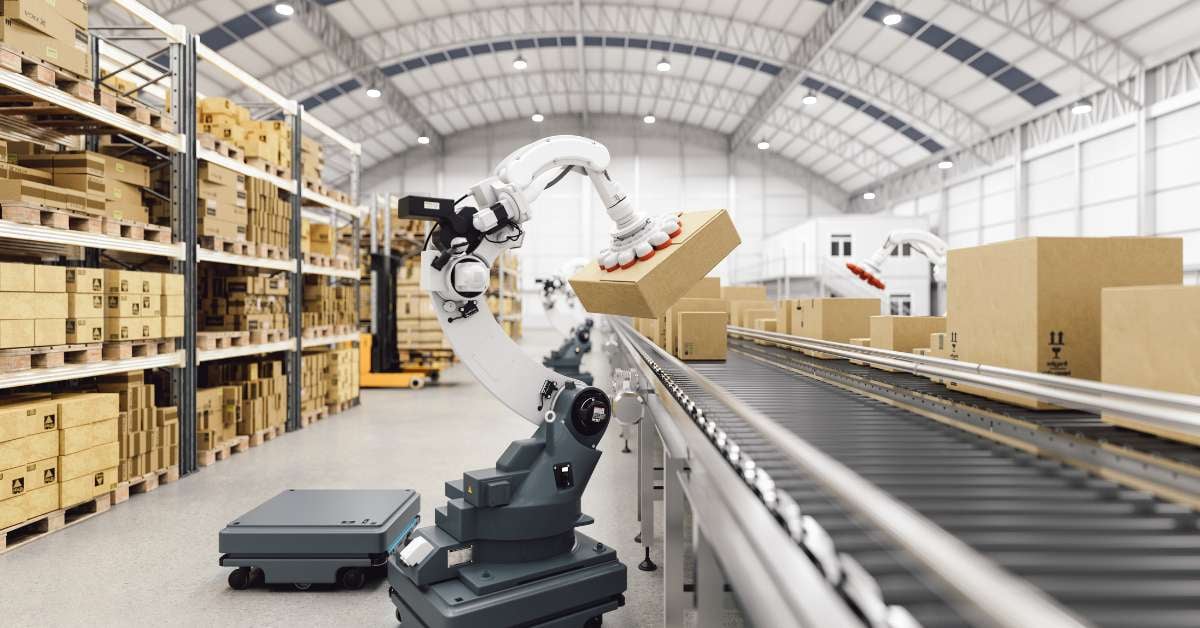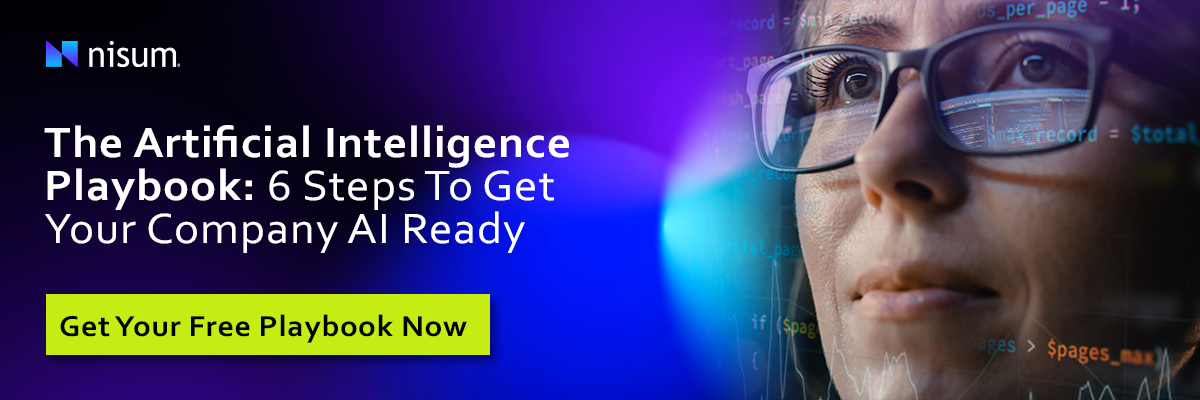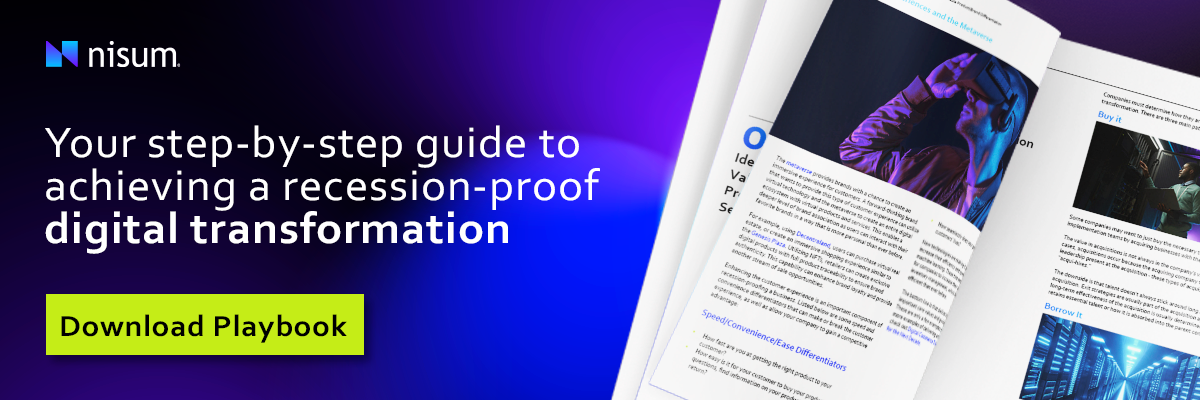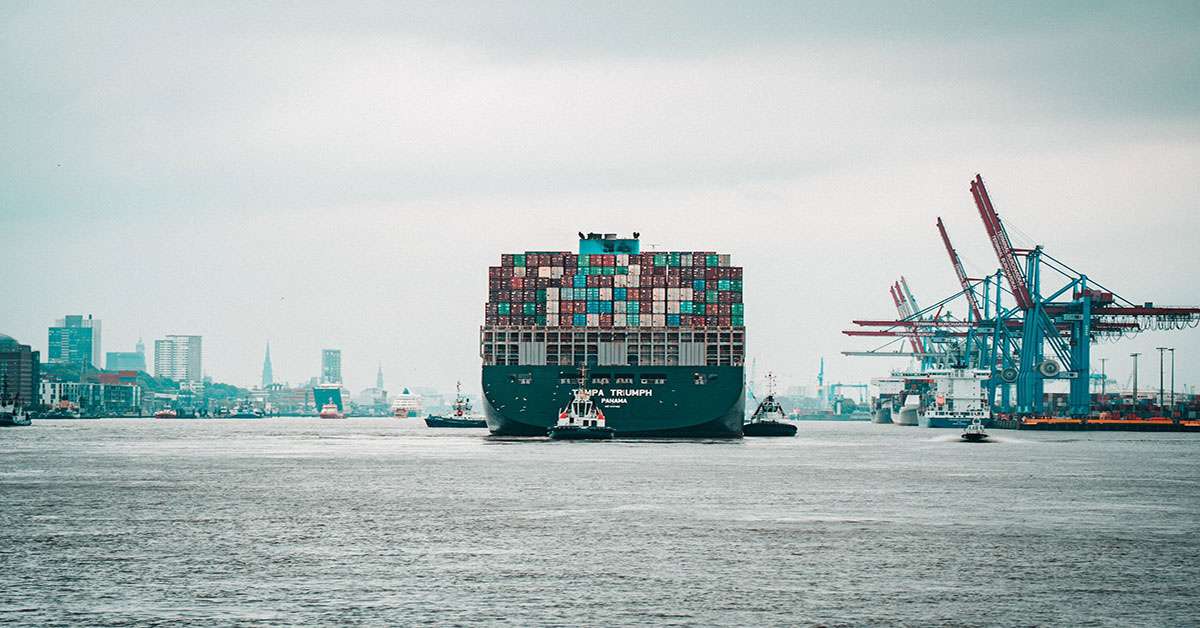 Image source: iStock
Image source: iStock
The recent pandemic caused a global economic downturn — especially in the manufacturing sector. This supply shock and disruption of the global supply chain suggests that now is the ideal time to take proactive steps toward creating a more agile business using machine learning and artificial intelligence (AI).
Imagine being able to predict when your next customer will order a product and then having that product ready for them when they arrive. What if you could know in advance when a particular component or raw material will be needed and have it on hand before you even need it? Machine learning and AI technology have the potential to provide these capabilities and more.
Supply chain innovation and digital technologies are vital components of business operations. Innovative practices can help supply chain managers deal with the complex challenges of real-time inventory management in the value chain. Organizations should invest in innovative machine learning frameworks based on artificial intelligence that utilize pattern recognition and predictive analytics to improve supply chain operations and visibility.
The Use of AI in Supply Chain
AI is a collection of technologies that uses deep learning and data analytics to help supply chain companies and warehouse managers identify potential production network influences. The framework also employs superintelligence to rapidly examine unstructured data, input data, and recognize signals to perceive patterns and identify production network issues or changes in the supply chain. Artificial intelligence apparatuses can help coordinate supply chain optimization by compensating for human oversight and involvement.
Artificial intelligence has countless commercial applications. It can help a delivery truck driver determine the best route to take or help an autonomous vehicle steer through traffic, considering factors such as fuel costs and wear on the vehicle's parts. This could make the difference between worldwide shortages of a critical item and quickly restocking a warehouse with popular goods.
Computer-based intelligence can be helpful in the production network, but organizations cannot rely on it exclusively. While computers have automated many tasks, human intelligence is still needed to solve problems that machines cannot handle. Organizations can improve their production network by using the strengths of both human capital and computer-based intelligence to compensate for shortfalls within each component. Since the pandemic, inventory interruptions have become more common than before the outbreak, and organizations lacking leading-edge innovation find it challenging to prepare for such occurrences.
Building a Digital Twin
A computerized twin is a virtual supply chain representation that can accommodate materials, stockrooms, and other resources. The advantage of a computerized twin is that it permits warehouse managers to forecast the progression of resources and inventory levels and evaluate many "what if" situations that can impact supply chain planning.
Although few companies have fully integrated computerized twins into their production network readiness, it is still an emerging innovation. While employing this strategy requires a significant investment, companies that do so gain a competitive advantage in predictive insights and supply chain decision-making, saving time and money in the long run.
A computerized twin can be used to anticipate supply chain disruptions by anticipating events such as stockroom turmoil or loss of essential goods due to natural disasters or inclement weather. Producing a supply chain forecast with accurate predictions and evaluating what each will mean for the production network can provide an informative vantage point that judges risk and effectiveness, thereby creating a more resilient supply chain. Computerized twins with predictive analytics and supply chain risk modeling can explore several permutations and could assist a supply chain manager in anticipating condition changes and supply chain issues. This technology can also assess different approaches to these supply chain problems, permitting every stakeholder in the supply value chain to make more informed and effective business decisions.
The Use of IoT in Supply Chain Management
Another application of AI is the Internet of things (IoT). IoT is a network of interconnected devices, machines, and appliances that can communicate with each other and exchange information without human intervention. IoT devices can monitor supply chains by collecting data from machines and notifying warehouse management when a machine needs servicing or replacement.
In the event of a heatwave, for instance, IoT gadgets can screen the internal temperature of critical goods, like vaccines and other medical supplies, which are delicate to temperature changes. Using IoT to screen and track temperature changes smooths out the transportation cycle and decreases risk by guaranteeing vaccines will be effective once delivered to their final destination.
Small businesses may find it challenging to implement IoT projects, as it requires a substantial direct investment in advanced hardware and the ability to analyze large amounts of data. However, distributed computing allows much smaller organizations to have extensive computing power without extensive investments in servers.
How Nisum Can Help
Nisum's AI-enabled solutions help streamline your factory operations, boosting material handling and supply chain management efficiency. We leverage AI to intelligently optimize your inventory handling network and significantly improve production planning and scheduling. Our AI-based solutions can boost material flow and build a highly flexible, Agile system that enables you to manage safety stock across the full spectrum of products. The result is faster forecasting, more accurate processing of inventory, improved EDD, a dependable supply chain with long-term predictability, and improved customer experience. Contact us today to learn how we can help you streamline your operations with our industry-leading strategies, technologies, and best practices.





